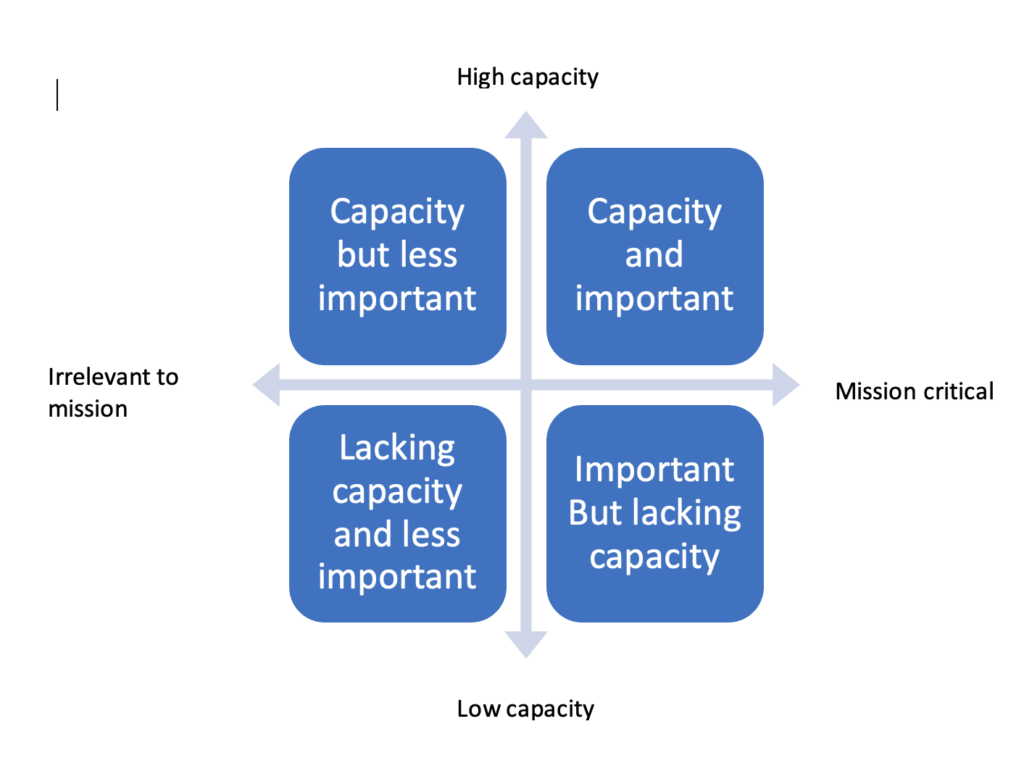
Planning in a complex and uncertain world
How to plan in times of complexity and uncertainty?
We are living in a time of VUCA. VUCA describe situations and environments that are:
Volatile
Uncertain
Complex
Ambiguous
For organisations working on change this is the world we inhabit.
When we think of planning, we are, in effect, predicting how best to organise our time and resources to maximise our impact throughout the year.
A VUCA environment poses a challenge to predicting accurately what is going to happen in the year and how we best respond to unforseen events.
Typically, if we use traditional ways of planning for a VUCA environment, we are likely to become overwhelmed by trying to keep to the plan and respond to new events.
Feeling overwhelmed, stressed, losing confidence and burn out are common symptoms of working in a VUCA environment for a long period of time.
So what can we do?
1. Work on our mindset
First, we can adopt mindset and organisational culture that is less dependent on certainty and predictability.
Open – we are curious about what is unfolding, rather than resisting it
Adaptable – we hold our current plans lightly, knowing that they will have to change
Skilled at prioritising – we get used to deciding regularly what matters most and shifting priorities as new information emerges
Trust in our abilities -we recognise our strengths and trust our ability to learn
Compassionate – team members look out for each other; we recognise that each of us will struggle at times and we act in ways to support each other.
In short we get comfortable with the discomfort of change and uncertainty.
VUCA is met with calm and flexibility.
2. Focus on planning rather than creating the brilliant plan
In VUCA conditions plans have to be reviewed regularly as priorities can change quite suddenly.
Build a ‘menu’ of all the possibilities you could work on. This is best done collectively, so the whole wisdom of the organisation contributes to mapping out possibilities.
With a full menu in front of us, we can then consciously choose which activities the organisation does. Inevitably, an organisation cannot do all the things it wants to do, so it requires us to prioritise.
Prioritisation is based on understanding:
* The importance of the activity to the mission
* The capacity you have o work on the activity (people and finance)
If you are finding it difficult to prioritise, you can map possible activities, using the matrix below.

In VUCA conditions plans have to be reviewed regularly as opportunities and obstacles emerge.
Good practice is to review and re-plan every 3 months.
Top tips
- Simple and visible Keep the organisation plan simple and to one or two pages. That means everyone can refer to it, and it is easy to update
- Individual/team plans Detail is held in individual and team plans
- Plan for 70% Typically, we underestimate how long work takes and how unforeseen events can eat up our time.
- Connect planning to learning Review your work every three months and then re-plan
Working in a VUCA environment is messy. Most of us like order and want stable conditions to work in. However, it is often in volatile and rapidly changing times that we can make the biggest contributions and come up with new approaches.
Stay calm
Stay flexible
Ride the storm
